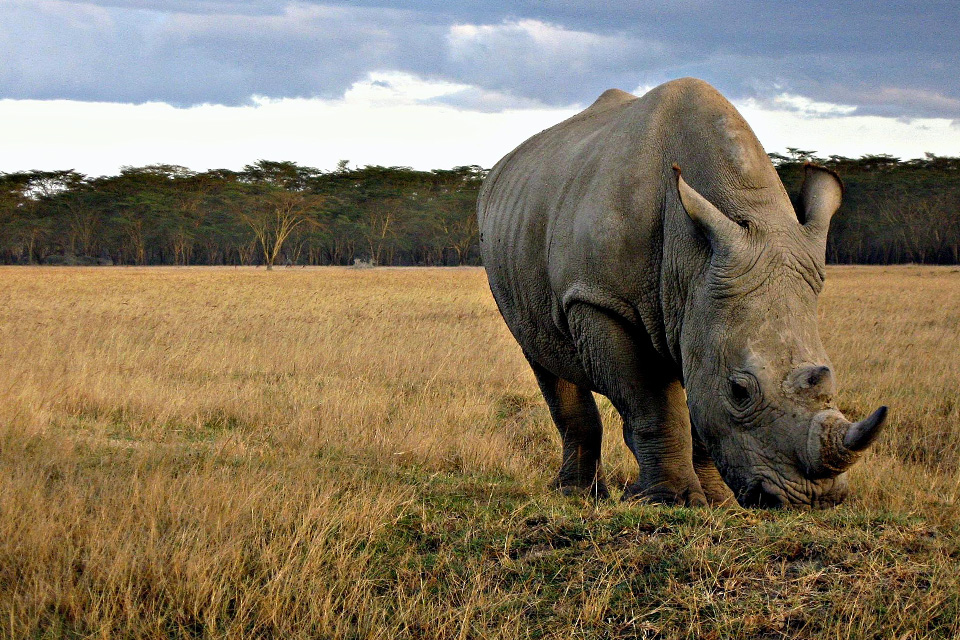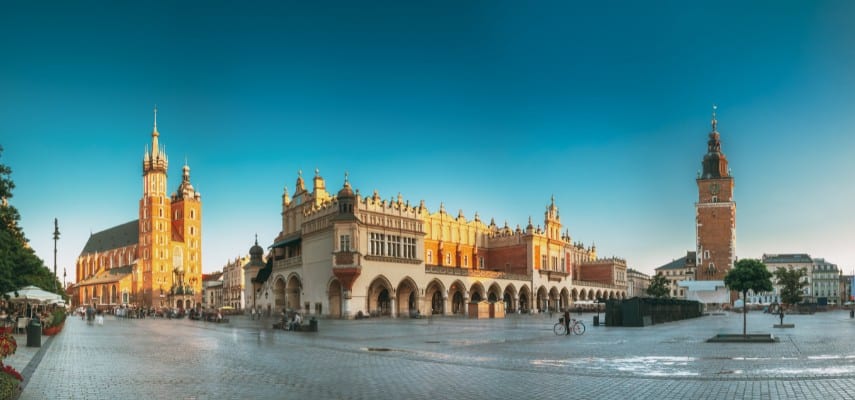
Kenya, a name that conjures images of vast savannahs teeming with wildlife, majestic Mount Kenya piercing the azure sky, and vibrant cultures steeped in tradition. For many, it’s a dream destination, a bucket-list adventure promising unforgettable encounters with nature and a glimpse into a rich human history. But the allure of Africa often comes with a perceived hefty price tag, particularly for flights. Fear not, intrepid explorer! This comprehensive guide is your passport to discovering how to unlock cheap flights to Kenya and experience its wonders without breaking the bank.
With a little planning, savvy booking strategies, and an understanding of the destination, your Kenyan adventure can be more accessible than you ever imagined. We’ll delve into the secrets of finding affordable airfare, explore Kenya’s breathtaking attractions, touch upon its fascinating history, equip you with essential travel tips, navigate accommodation and transportation, and pinpoint the optimal times to visit.
The Quest for Cheap Flights: Your Strategic Approach

Related Articles about The Call of the Wild and the Budget Traveler: Unlocking Cheap Flights to Kenya:
- Kazakhstan: Unveiling the Heart of Central Asia
- Miami’s Magic: A Guide to the City’s Best Hotels and Unforgettable Experiences
- Morocco: A Traveler’s Guide to the Kingdom of a Thousand Colors
- The Ultimate Guide to Miami: Sun, Culture, and a Vibe Like No Other
- The Land Down Under on a Shoestring: Your Guide to Cheap Flights and Unforgettable Adventures in Australia
Securing cheap flights to Kenya is an art, not a gamble. It requires a blend of flexibility, research, and timely action. Here’s your strategic playbook:
- Embrace Flexibility: This is the golden rule of cheap travel.
- Dates: If your travel dates are flexible, you have a significant advantage. Avoid peak seasons like December to February (summer holidays) and July to October (peak safari season). Shoulder seasons – April to June and September to November – often offer a sweet spot with pleasant weather and lower airfares. Mid-week flights (Tuesdays and Wednesdays) are generally cheaper than weekend departures.
- Airports: Consider flying into Nairobi (NBO – Jomo Kenyatta International Airport) as it’s the primary international gateway. However, if you’re targeting specific regions like Mombasa (MBA – Moi International Airport) for coastal experiences, compare prices for both. Sometimes, flying into a slightly less convenient airport and taking a short domestic flight or bus can be cheaper.
- The Power of Comparison:
- Flight Aggregators: Websites like Skyscanner, Google Flights, Kayak, and Momondo are your best friends. They scour multiple airlines and travel agencies, allowing you to compare prices side-by-side. Set up price alerts for your desired routes to be notified of any drops.
- Airline Websites: Once you’ve identified potential airlines, check their official websites directly. Sometimes, airlines offer exclusive deals or discounts not advertised on aggregators.

- Timing is Everything:
- Book in Advance (But Not Too Far): The sweet spot for booking international flights is generally between 2 to 6 months in advance. Booking too early might mean missing out on sales, while booking too late often results in inflated prices.
- Last-Minute Deals (Risky but Rewarding): While not guaranteed, last-minute deals can sometimes be found, especially if you’re willing to be spontaneous. However, for a long-haul destination like Kenya, this is a riskier strategy.
- Consider Layover Options: Direct flights are convenient but often pricier. Flights with one or two layovers can significantly reduce the cost. Be mindful of layover duration; excessively long layovers can be tiring. Look for airlines that offer competitive routes with reasonable stopovers.
- Budget Airlines and Connecting Flights: While fewer true budget airlines operate long-haul routes to Kenya from Europe or North America, be open to connecting through hubs in the Middle East (Dubai, Doha, Abu Dhabi) or Europe (Amsterdam, Istanbul, London). Airlines like Emirates, Qatar Airways, Turkish Airlines, and KLM often offer competitive fares on these routes.
- Loyalty Programs and Miles: If you’re a frequent flyer, utilize your airline miles or points. Even a partial redemption can significantly reduce your flight cost.
- Travel During Off-Peak Seasons: As mentioned, avoiding the peak tourist seasons will almost always yield cheaper flights. The rainy seasons (April-May and November) might see fewer tourists, leading to lower airfares, although safaris can be more challenging during these times.
Kenya’s Tapestry of Attractions: From Wildlife to Culture
Kenya is a land of unparalleled diversity, offering experiences to captivate every traveler.
- The Maasai Mara National Reserve: The crown jewel of Kenyan safaris. Witness the Great Migration (July-October), where millions of wildebeest, zebras, and gazelles traverse the plains in search of greener pastures, facing iconic predators. Even outside of the migration, the Mara is home to the "Big Five" (lion, leopard, elephant, rhino, buffalo) and an abundance of other wildlife.
- Amboseli National Park: Famous for its large elephant herds and the breathtaking backdrop of Mount Kilimanjaro (just across the border in Tanzania). It’s a photographer’s paradise.
- Lake Nakuru National Park: Renowned for its large flocks of flamingos that paint the lake pink, and also a sanctuary for rhinos and Rothschild’s giraffes.
- Tsavo National Parks (East and West): Kenya’s largest national parks, offering rugged landscapes, lava flows, and a chance to see red-hued elephants, lions, and a diverse range of birdlife.
- Mount Kenya National Park: The second-highest mountain in Africa, offering challenging climbs for experienced mountaineers and stunning scenery for hikers. Its lower slopes are teeming with unique flora and fauna.
- Diani Beach and the Kenyan Coast: For a dose of tropical paradise, head to the Indian Ocean coast. Diani Beach is consistently ranked among the best in Africa, with pristine white sands, turquoise waters, and vibrant coral reefs perfect for snorkeling and diving. Explore historical towns like Lamu with its UNESCO World Heritage status and unique Swahili culture.
- Nairobi: The bustling capital city offers a vibrant mix of modernity and tradition. Visit the David Sheldrick Wildlife Trust to see orphaned elephants, the Giraffe Centre, and the Karen Blixen Museum. Explore local markets for handicrafts and enjoy the city’s diverse culinary scene.
- Samburu National Reserve: Known for its unique wildlife species adapted to arid conditions, including the reticulated giraffe, Grevy’s zebra, and the Beisa oryx.
A Glimpse into Kenya’s Rich History
Kenya’s history is a captivating narrative of ancient human origins, colonial rule, and the struggle for independence.
- Ancient Origins: The Great Rift Valley, a significant geological feature in Kenya, is considered the "cradle of humankind." Archaeological discoveries have unearthed some of the earliest hominid fossils, pointing to Kenya as a birthplace of humanity.
- Swahili Coast and Arab Influence: For centuries, the Kenyan coast was a hub of trade and culture, influenced by Arab and Persian traders. This led to the development of the unique Swahili civilization and language, evident in coastal cities like Lamu and Mombasa.
- Colonial Era: In the late 19th century, European powers, particularly Britain, colonized Kenya. The country became a British protectorate and later a colony, with significant economic development focused on agriculture (tea, coffee) and infrastructure. This period was marked by exploitation and resistance from the indigenous population.
- The Mau Mau Uprising: In the 1950s, the Mau Mau rebellion was a violent struggle for independence against British rule. While brutally suppressed, it played a crucial role in accelerating Kenya’s path to self-governance.
- Independence and Modern Kenya: Kenya gained independence on December 12, 1963, with Jomo Kenyatta as its first Prime Minister and later President. Since independence, Kenya has navigated challenges and celebrated successes, establishing itself as a regional economic power and a leader in conservation.
Essential Travel Tips for the Savvy Traveler
To make your Kenyan adventure smooth and enjoyable, keep these tips in mind:
- Visas: Most nationalities require a visa to enter Kenya. Apply online through the e-visa portal well in advance of your trip.
- Vaccinations and Health: Consult your doctor or a travel clinic at least 4-6 weeks before your trip for recommended vaccinations (e.g., Yellow Fever, Hepatitis A, Typhoid) and malaria prophylaxis.
- Currency: The local currency is the Kenyan Shilling (KES). US Dollars are widely accepted in tourist areas, but it’s advisable to have local currency for smaller purchases and local markets. ATMs are readily available in cities and larger towns.
- Safety: Kenya is generally safe for tourists, especially in designated tourist areas and national parks. However, exercise common sense precautions, especially in crowded urban areas. Be aware of your surroundings, avoid displaying valuables, and stick to reputable transport.
- Respect Local Customs: Kenyans are known for their hospitality. Dress modestly, especially when visiting rural areas or religious sites. Learn a few basic Swahili phrases like "Jambo" (hello) and "Asante" (thank you).
- Tipping: Tipping is customary for good service in hotels, restaurants, and for safari guides and drivers.
- Connectivity: Wi-Fi is available in most hotels and lodges. Consider purchasing a local SIM card for affordable data and calls.
- Packing Essentials: Light, breathable clothing in neutral colors (for safaris), a good quality camera, binoculars, sunscreen, insect repellent, a hat, comfortable walking shoes, a reusable water bottle, and a basic first-aid kit.
Accommodation Options: From Budget to Boutique
Kenya offers a wide range of accommodation to suit every budget and travel style.
- Budget-Friendly Options:
- Hostels: Nairobi and other major towns have hostels offering dormitory beds and private rooms at very affordable prices.
- Guesthouses and Budget Hotels: Many local guesthouses and smaller hotels provide clean and comfortable rooms at reasonable rates.
- Camping: In national parks and reserves, designated campsites offer a very budget-friendly way to experience the wilderness.
- Mid-Range Options:
- Mid-Range Lodges and Hotels: These offer more amenities, comfortable rooms, and often on-site restaurants and swimming pools.
- Self-Catering Apartments: In cities, self-catering apartments can be a cost-effective option for longer stays.
- Luxury Options:
- Safari Lodges and Camps: Kenya is renowned for its luxurious safari lodges and tented camps, offering unparalleled wildlife viewing, exquisite dining, and impeccable service.
- Boutique Hotels: Nairobi and coastal towns boast stylish boutique hotels with unique character and personalized service.
Budget Tip: Consider booking accommodation that includes some meals, especially on safari, as dining out can add up. Look for packages that combine accommodation and safari activities.
Navigating Kenya: Transportation for Every Journey
Getting around Kenya is part of the adventure.
- Air Travel: For longer distances, domestic flights are the quickest and most convenient option. Airlines like Jambojet and Safarilink connect major cities and tourist destinations. This can be a good option if you find cheap international flights and want to save time.
- Road Travel:
- Matatus: These are ubiquitous minibuses that are the lifeblood of public transport for locals. They are incredibly cheap but can be crowded and unpredictable. For the adventurous traveler, they offer a true local experience.
- Buses: Intercity buses operate between major towns and cities. Companies like Modern Coast and Simba Coach offer more comfortable and scheduled services.
- Taxis and Ride-Sharing: In Nairobi, ride-sharing apps like Uber and Bolt are readily available and offer a convenient way to get around the city. Taxis are also available, but it’s advisable to agree on a fare beforehand.
- Hiring a Car and Driver: For safaris and exploring national parks, hiring a car with a knowledgeable driver/guide is highly recommended. They know the best routes, wildlife spotting areas, and can provide valuable insights. While this might seem expensive, consider splitting the cost with fellow travelers and the value it adds to your experience.
- Railways: The SGR (Standard Gauge Railway) connects Nairobi to Mombasa, offering a modern and comfortable alternative to road travel. It’s a scenic journey and can be more affordable than flying.
Budget Tip: For travel between cities, consider the SGR or intercity buses. For local travel, embrace the matatu experience if you’re feeling bold!
The Best Time to Visit Kenya: Aligning Your Trip with Your Interests
Kenya offers year-round appeal, but the "best" time to visit depends on your priorities.
- Peak Safari Season (July to October): This is the time of the Great Migration in the Maasai Mara, offering unparalleled wildlife viewing opportunities. The weather is generally dry and sunny. However, expect higher prices for flights and accommodation, and more crowds.
- Shoulder Seasons (April to June and September to November): These months offer a good balance of pleasant weather and fewer crowds. The landscapes are lush after the rains, and wildlife is still abundant. Flight and accommodation prices are generally more affordable than the peak season.
- Green Season (November to March): This is the wetter season, with shorter, less intense rains. The landscape is vibrant and green, and there are fewer tourists, leading to the cheapest flight and accommodation deals. It’s an excellent time for birdwatching and enjoying the beauty of the landscape without the crowds. However, some dirt roads in parks can be challenging.
- Coastal Breezes (Year-round, but pleasant from October to March): The Kenyan coast enjoys warm temperatures year-round. The period from October to March offers the driest and sunniest weather, ideal for beach activities.
Budget Traveler’s Sweet Spot: Aim for the shoulder seasons (April-June, September-November) or the green season (November-March) for the best combination of affordable flights and pleasant weather.
Conclusion: Your Kenyan Dream Awaits
Kenya is a destination that promises to ignite your senses, challenge your perceptions, and leave you with a profound appreciation for the natural world and its people. By understanding the strategies for securing cheap flights, embracing the diverse attractions, respecting the rich history, and planning your trip wisely, your dream of experiencing the magic of Kenya is more attainable than ever. So, start your research, be flexible, and get ready to embark on an unforgettable adventure that will stay with you long after you’ve returned home. The call of the wild, and the allure of budget-friendly travel, awaits!





